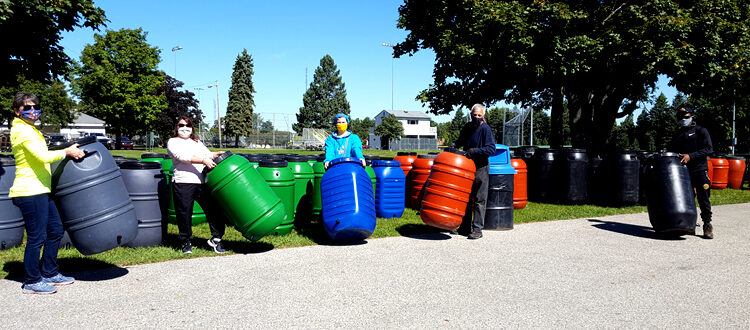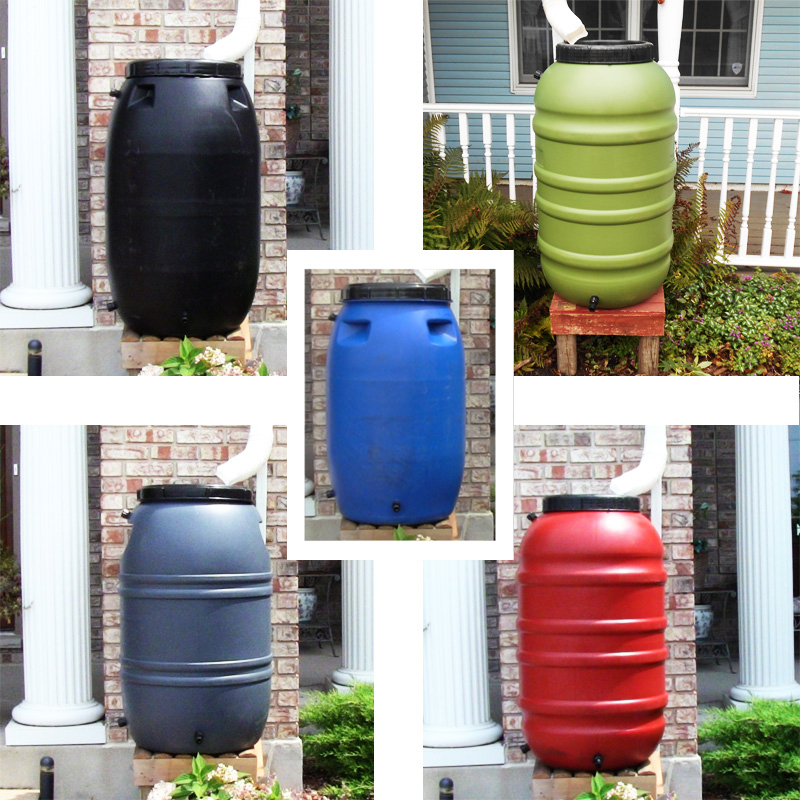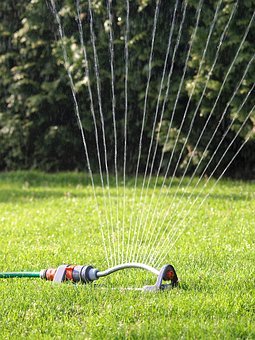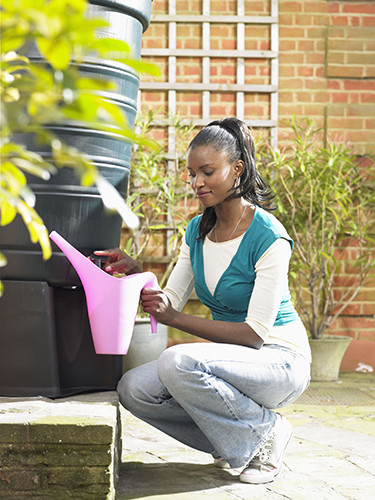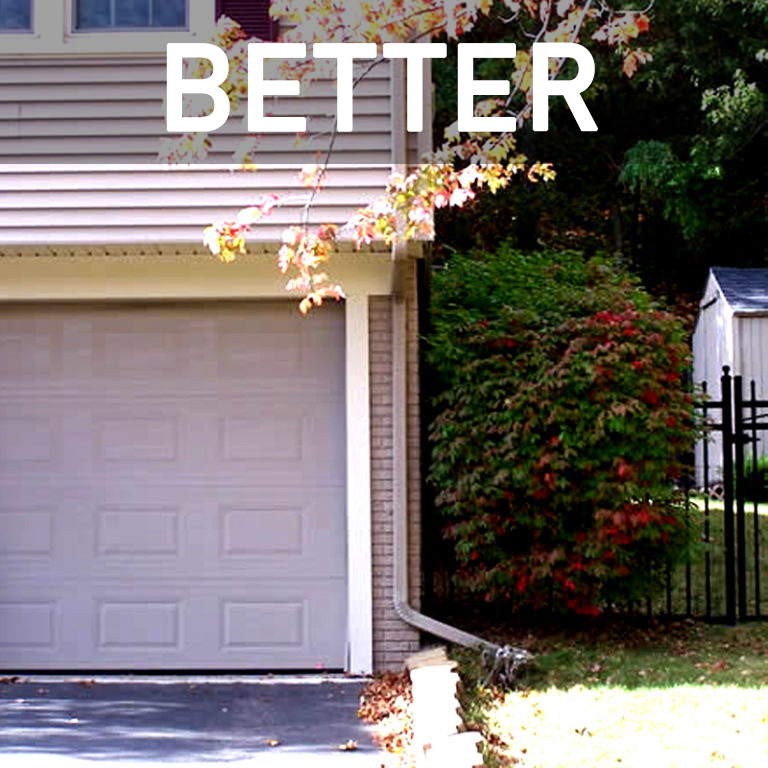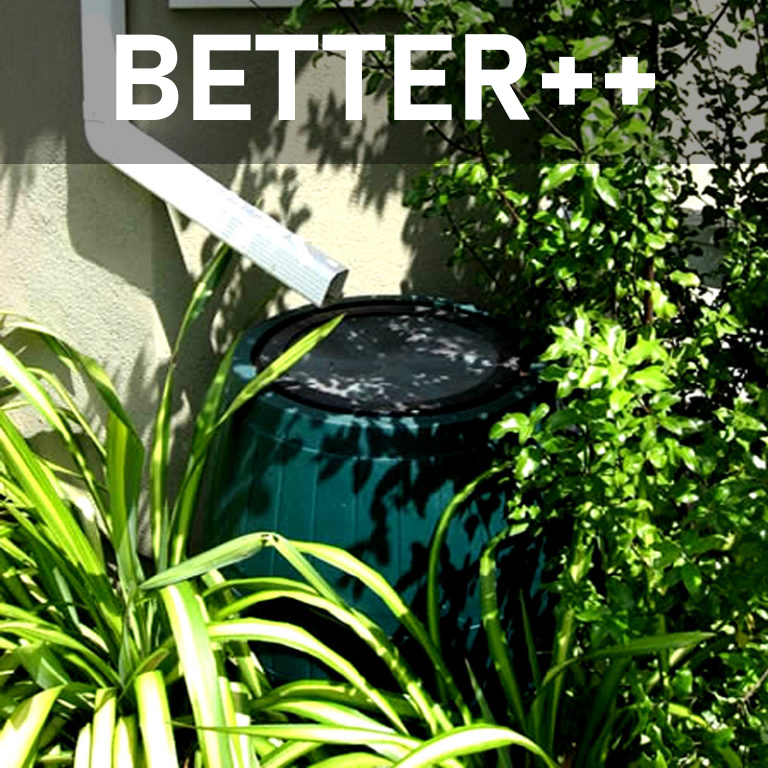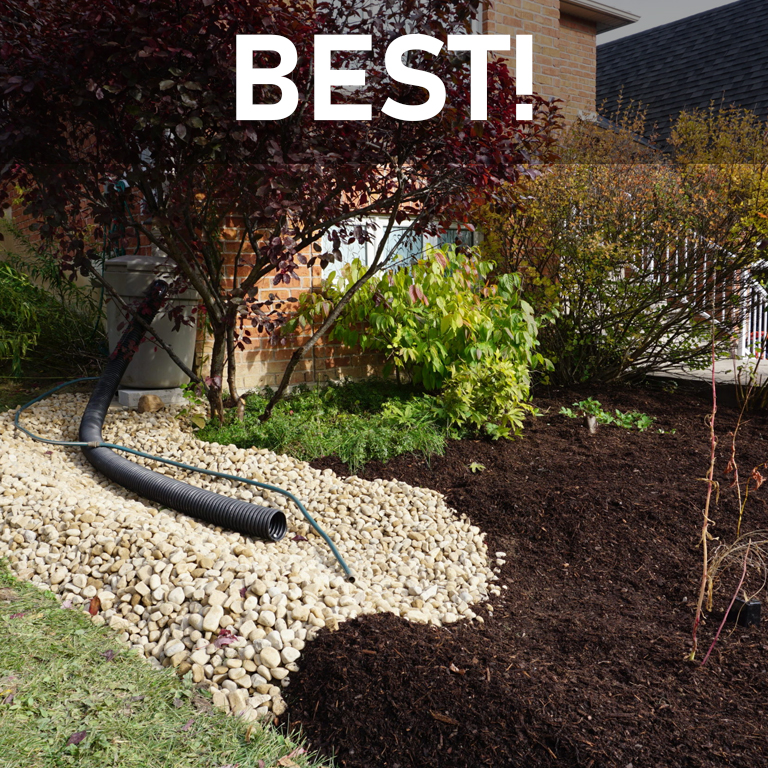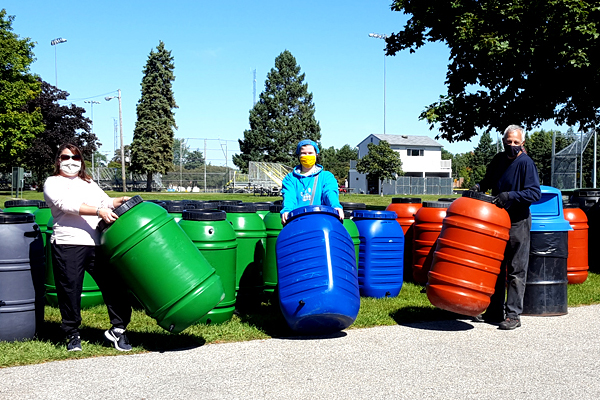Rain Barrels 101
6,000 Rain Barrels for the Rouge
Help restore clean water to your Rouge River by joining the effort to achieve 6,000 rain barrels in active use across the watershed by 2025. Learn more below.
Saving rainwater helps:
- Cut your water bill by using FREE rain water on your garden
- Reduce flooding and erosion at your home and community
- Protect local streams and rivers
- Reduce your carbon footprint. Did you know that most cities spend >50% of their electric bill pumping water to homes?
Rain Barrels 101
Rain Barrel Styles
Rain barrels are now available in countless styles and colors, so you’re guaranteed to find one that looks great at your home. See below for a few samples, or check out what the internet has to offer! Try to pick a barrel color that looks great so you can proudly show your neighbors
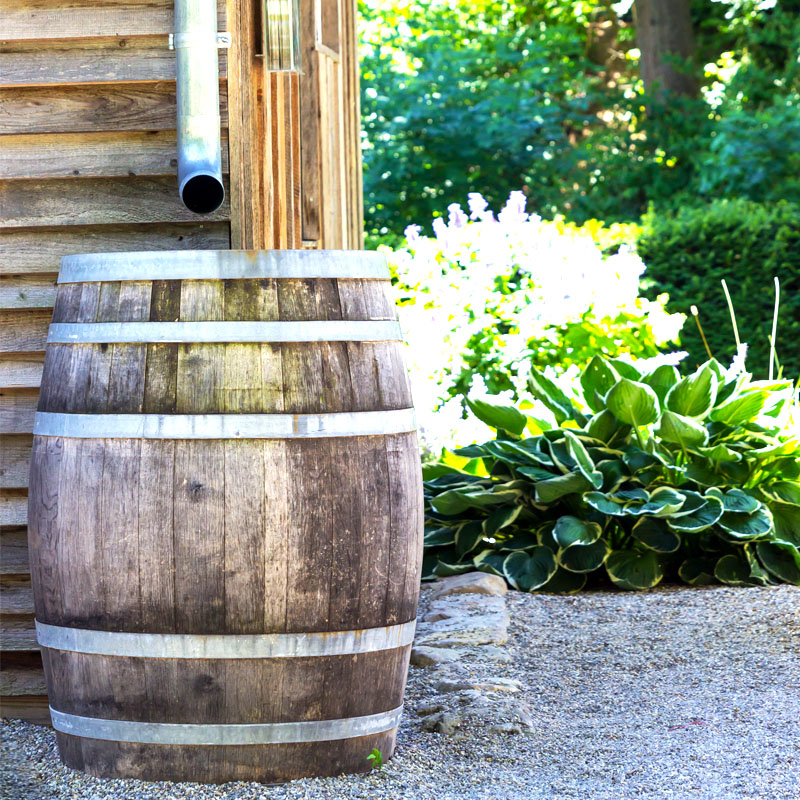
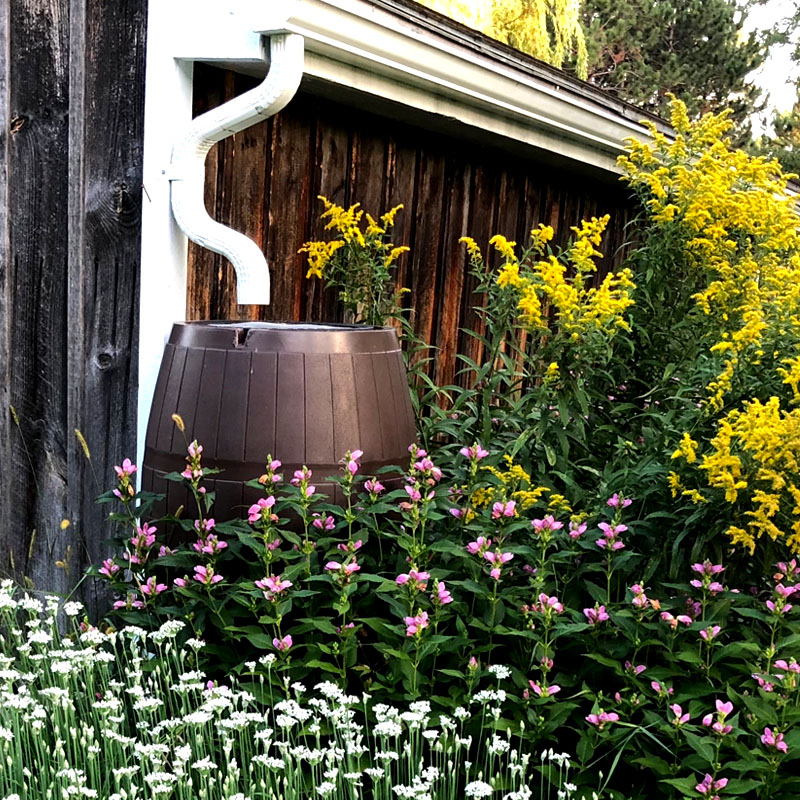
How Much Will You Save On Your Water Bill?
Between $5 and $20 per year on average, or as much as $150 or more
- Water and sewer costs vary by community, but $0.50 per 50 gallons is a decent average. How much rain will come, and how much of the water will you use?
- LAWN SPRINKLERS: are you the kind of person who turns on a lawn sprinkler and then forgets about it for a few hours? In that case, your rain barrel could save you hundreds of dollars over a season. Spot watering with a 50 gallon rain barrel could replace 1,000 gallons or more of “forgetful” broadcast water usage per watering session, or many tens of thousands of gallons across an entire season.
- Regular water usage for food gardens (see food safety notes at the bottom), lawns, or outdoor potted plants are great ways to use up most stored rainwater to save on your water bill.
Where to Place a Rain Barrel
It is best to locate your rain barrel where:
- You know you’ll be able to put the water to use (near potted plants, near a veggie garden)
- You have a problem to solve (e.g. water problems)
- Where it will look great!
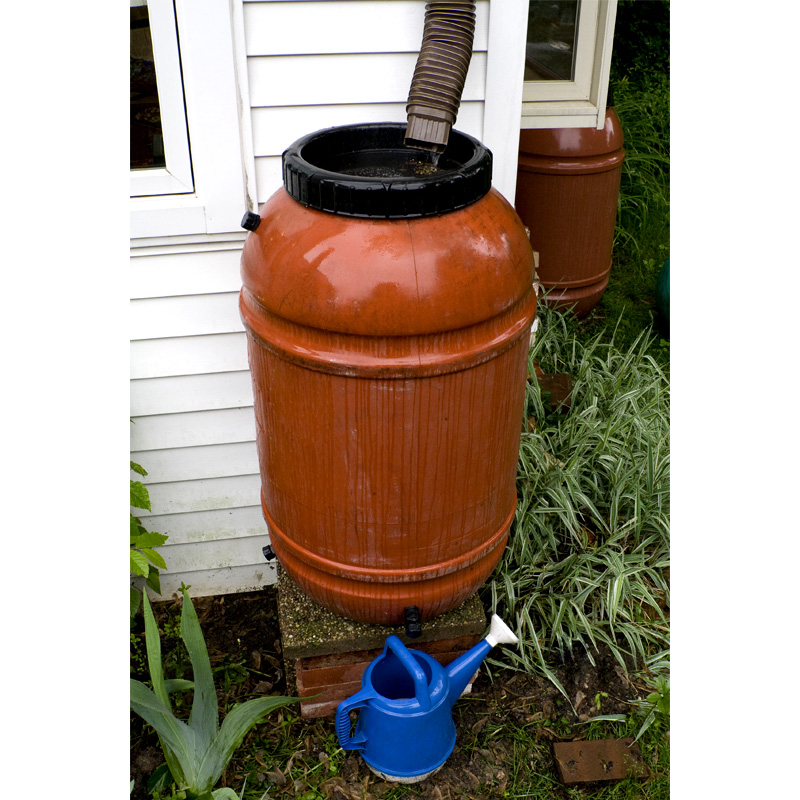
How to Water With a Rain Barrel?
HOSE: if what you want to water is downhill from your barrel, a hose works great! Put your barrel on a pedestal to increase your pressure to help you water more distant plants.
BUCKETS: it’s great exercise to fill 5 gallon buckets with rainwater and bring the water to your plants. If you’ve got a few barrels, you can save time by filling a few buckets simultaneously. Like owning a dog, using rain barrels like this is a great way to incorporate exercise into your routine, walking your gardens distributing the rainwater.
SOAKER HOSE: these don’t work well with rain barrels, due to the low water pressure.
How to Best Help the River
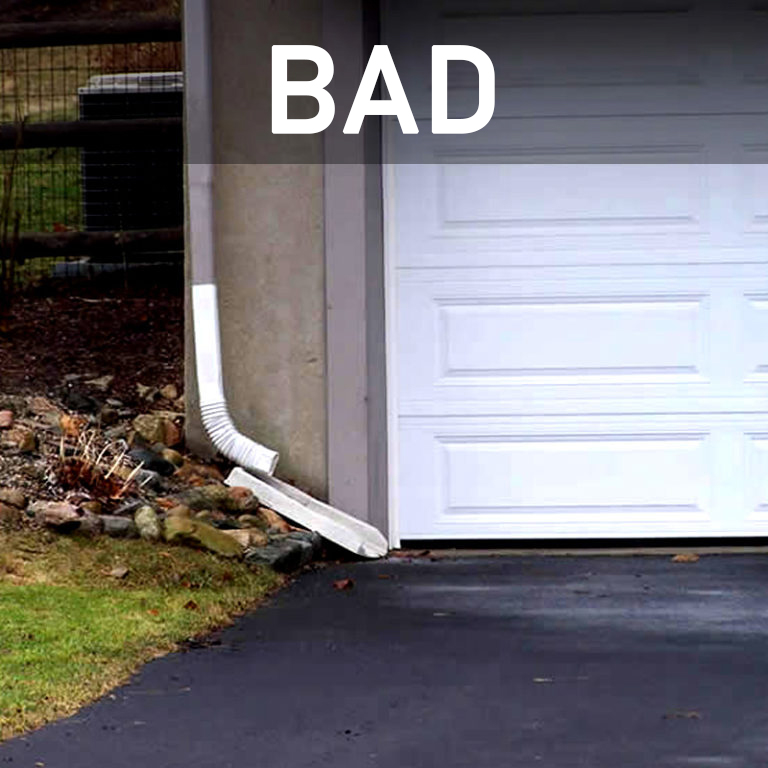
To ensure your rain barrel actually reduce flooding AND help the river, remember that you need to drain the barrel between storms. Don’t think you can use the water quickly enough? PRO TIP: open the spigot slightly so that the barrel drains dry over 3-4 days. In this way, your barrel acts something like a detention basin.
Sizing / Linking Barrels
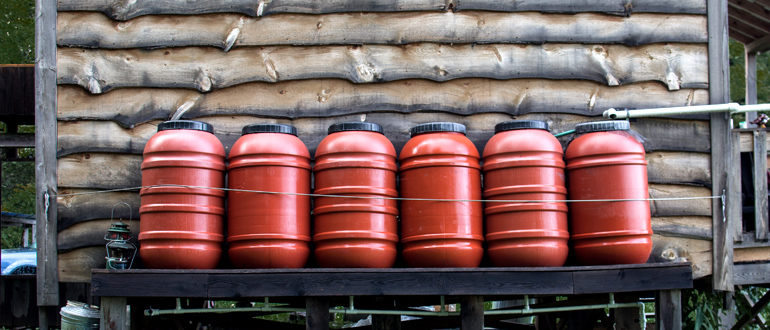
Installation Tips
Although installation methods vary depending on your barrel type and home conditions, below are a few general principles to consider.
- The water has to reach the barrel. Gutter downspouts are the easiest to access, from your home, garage, or shed. Depending on how you’ll divert the water, you may have options as to where to put the barrel. Place it where it will look best.
- Elevate the barrel (press here for examples). You don’t have to bend as far to access the spigot, and your water pressure will increase.
- Wait to cut your downspout until after you’ve elevated the barrel. Carefully consider your best options to get the water into the barrel. Press here for some examples.
- Plan for overflow. Typically, one rain barrel fills up quickly in a storm, so make sure you send the overflow water away from your foundation.
- Plan for winter. You’ll likely need to disconnect the barrel for winter, so that the barrel doesn’t freeze and burst. Make sure that the method you choose to get water into the rain barrel still works for you after you disconnect the barrel for winter time. Press here for further thoughts on winterizing rain barrels.
Press here for a general how-to guide, with a video. Or, better yet, once you select your diverter type, check to see if the manufacturer provides a video or a how-to manual specific to your system.
Mosquitoes
Make sure any barrel you buy excludes mosquitos from accessing the water to avoid creating a public health hazard. Press here to learn more.
- The lid should include mesh known as a “fine insect screen”, with no more than a .0095 inch wire diameter. For standard window insect screen, overlay two layers of screen, with one layer offset from the other to create a finer mesh.
- If your barrel has wider mesh, cover the barrel top with gravel. The gravel allows water to pass, but fools mosquitos.
- Don’t rely on mosquito dunks alone. Yes, they work, but will you remember to keep adding them all season long? Instead, ensure you buy or build a barrel that keeps mosquitoes out.
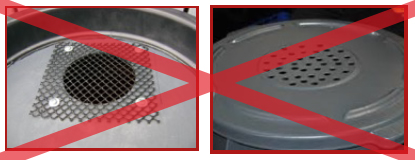
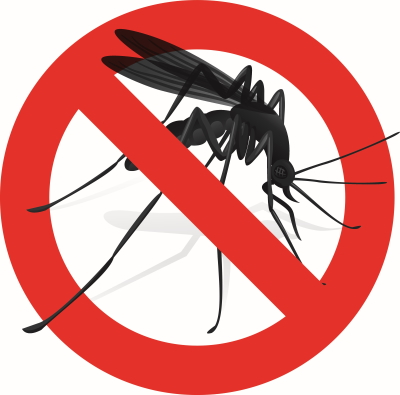
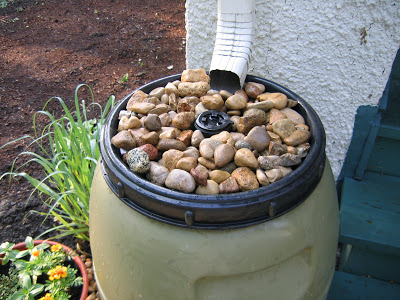
Food Safety: Use of Rainwater on Food Plants
Rain barrel water is excellent for use on trees and ornamental gardens, in part because rainwater tends to be higher in nitrogen. However, there are some concerns regarding use of collected rainwater on edible garden plants. Recent studies indicate that:
- Water collected from wood shake roofs is not suitable for food plants. However, water from standard asphalt shingles is generally safe to use, provided you take precautions.
- With the possible exception of water from metal roofs, rain barrel water should be applied to soil rather than to plants themselves, and should only be used for crops with the edible component growing above ground (e.g. not for radishes, turnips, beets, potatoes, or other below-ground edibles)
- The first few gallons of rain run-off (a.k.a. the “first-flush”) generally contain the most contaminants (dust and bird poop). For long-term use on food products, considering installing a first-flush system to divert this first flush of water to the ground.
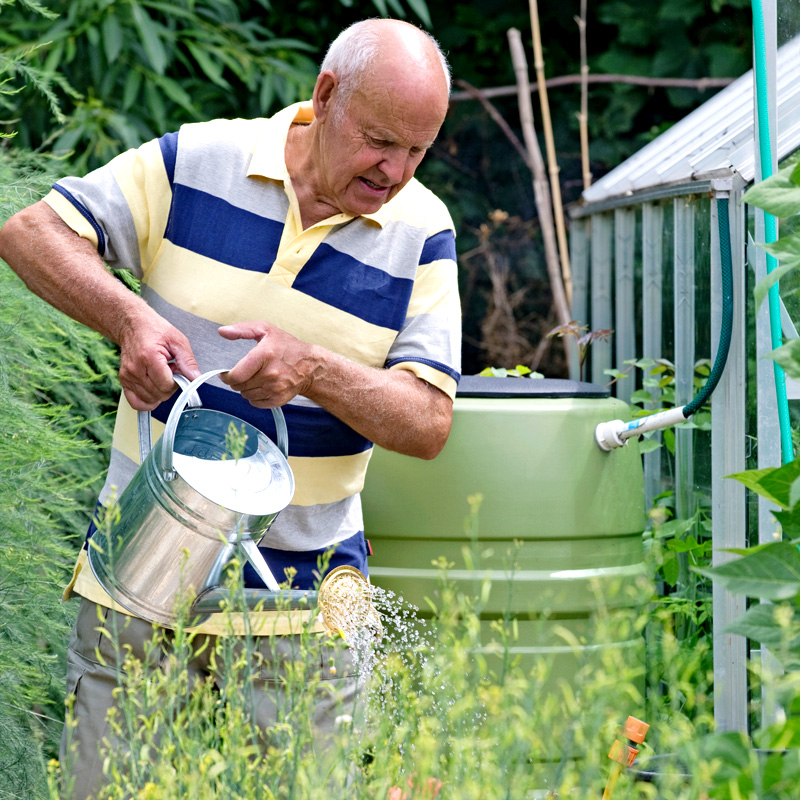
For more information on using rainwater on edible plants, visit https://www.sightline.org/2015/01/07/a-green-light-for-using-rain-barrel-water-on-garden-edibles/

